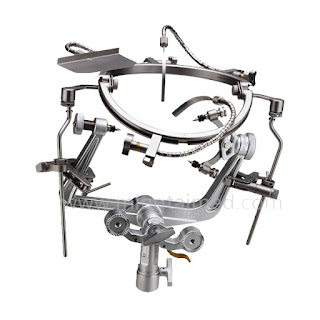What is the difference between cold light source and thermal light source?
The cold light source we often say does not
actually refer to those light sources that do not generate heat during the
light-emitting process, but refers to the light-emitting method that is not
like the traditional light source that converts heat energy into light energy.
In fact, it refers to a cold light source that uses chemical energy and
electrical energy to excite the light source, and has the characteristics of
variable flicker. The thermal light source we are talking about is a light
source excited by thermal energy. During the light-emitting process, most of
its energy needs to be converted into thermal energy, and then converted from thermal
energy into light energy. Therefore, the thermal energy loss is relatively
high, and the luminous efficiency is not cold light source. high. However,
there are also advantages. Hot light sources can be directly connected to the
circuit, and the maximum brightness can be achieved at the moment of power-on,
but cold light sources cannot.
The cold light source is a light source
excited by chemical energy, electrical energy, and biological energy
(fireflies, neon lights, LEDs, etc.). It has very good optical and variable
flicker characteristics. When an object emits light, its temperature is not
higher than the ambient temperature. This type of light emission is called a
cold light source. For example, LED lights used in mingtai LED operating light,
which use electron-hole pairs to recombine light. Strictly speaking, LED
light-emitting diodes are electroluminescence and also generate heat, but they
are lower than light sources such as incandescent lamps. The LED
electro-optical conversion efficiency is about 30%, of which the internal
quantum efficiency is about 70% (close to the theoretical limit), and the
external quantum efficiency is about 50%.
Thermal light source: a light source
excited by thermal energy, such as an incandescent lamp that emits light from
thermal radiation at a temperature of 3,000 to 4,000 K. Incandescent lamps have
80-90% of energy converted into heat energy, and about 10% of energy converted
into light energy. Therefore, the luminous efficiency is low. We do not define
it as a cold light source or a hot light source based on the temperature of the
lamp housing. The temperature around the lamp can only judge the heat
dissipation measures of the lamp.




评论
发表评论